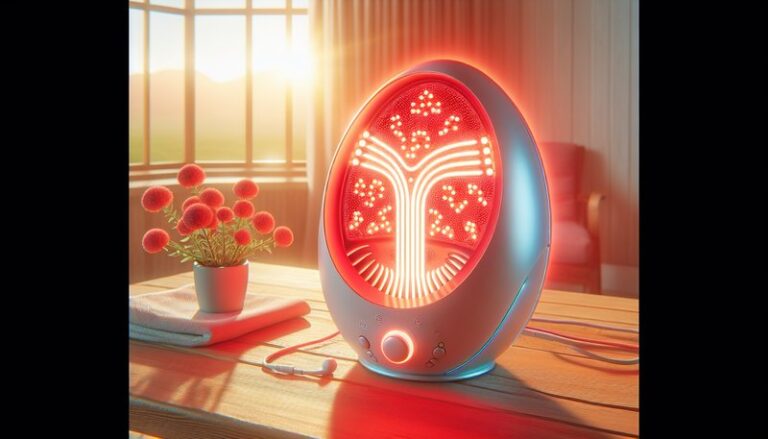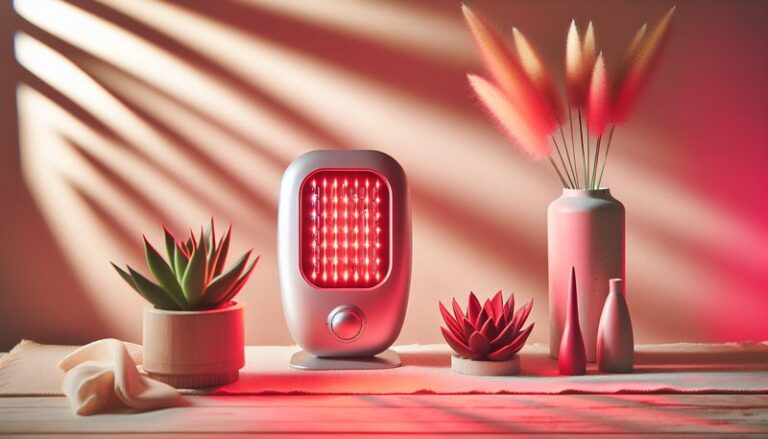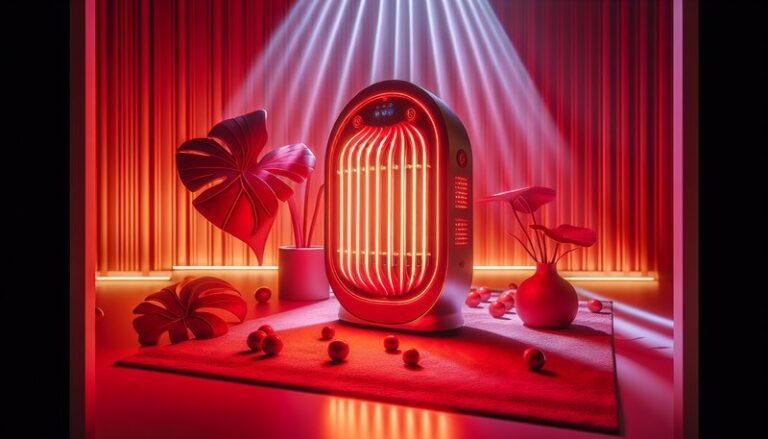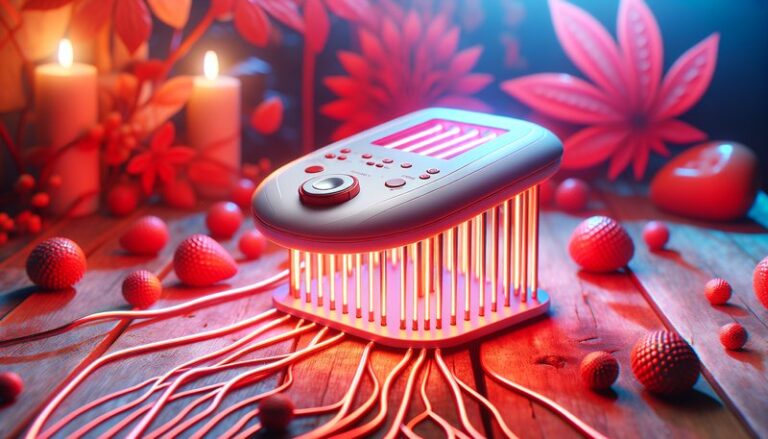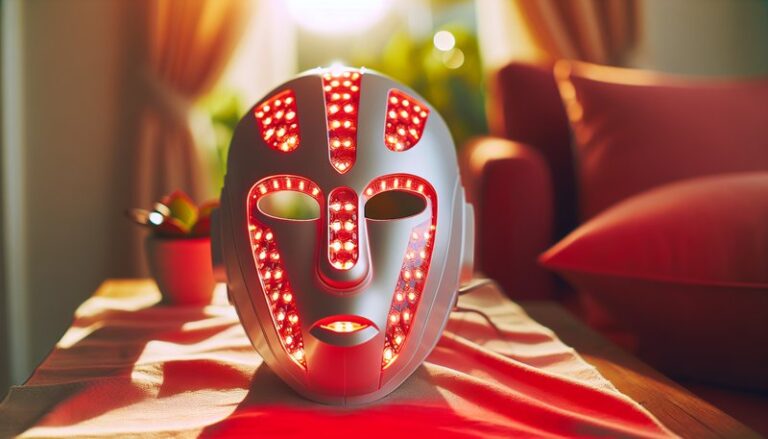Can Red Light Therapy Cause Acne?
Is it possible that a treatment touted for its skin benefits might also trigger skin issues like acne?
This article explores the relationship between red light therapy and acne, providing insights into how this treatment works, its potential benefits, and any adverse effects that could arise. We will also examine considerations for those considering the treatment, alternative options, and common questions surrounding red light therapy and its impact on skin health.
Key Takeaways
- Red light therapy is generally regarded as beneficial for skin health, including reducing inflammation and promoting healing.
- There is limited evidence to suggest that red light therapy directly causes acne; however, individual experiences may vary.
- Considerations such as skin type and treatment conditions are crucial when evaluating the use of red light therapy for acne-prone skin.
What is Red Light Therapy?
Red light therapy (RLT) involves the use of specific wavelengths of light (typically around 600-650nm) to penetrate the skin and stimulate cellular activity. This non-invasive treatment is often used for various purposes, including anti-aging, wound healing, and reducing inflammation.
RLT operates through mechanisms that enhance mitochondrial function, which can lead to increased ATP production, aiding in the repair of damaged tissues. As a result, it is frequently marketed for its skin-enhancing properties, including improving skin tone, texture, and overall appearance.
How Does Red Light Therapy Work?
The process involves applying a handheld device or wearing a mask equipped with LED lights during sessions that typically last between 10 to 20 minutes. This exposure helps to promote collagen production and can improve blood circulation, which may contribute to healthier skin.
What are the Benefits of Red Light Therapy?
Red light therapy offers numerous advantages for skin health and overall wellness.
Skin Healing and Repair
RLT has shown promise in accelerating wound healing and reducing the appearance of scars. Studies suggest it aids in the recovery of the skin after injuries, making it appealing for post-acne marks or other blemishes.
Reduced Inflammation
Inflammation plays a significant role in acne development. RLT has anti-inflammatory effects that may help alleviate redness or swelling associated with acne lesions, providing a soothing effect on irritated skin.
Enhanced Skin Texture and Elasticity
Regular use of red light therapy can improve skin texture and elasticity, contributing to a more youthful appearance. This can be particularly beneficial for individuals dealing with acne scarring, providing a more even skin surface.
Potential to Minimize Oily Skin
Some anecdotal evidence suggests that RLT may help regulate sebum production in certain individuals, potentially leading to less oily skin and reduced acne breakouts.
Is it Possible to Cause Acne with Red Light Therapy?
While red light therapy is generally well-tolerated, certain individuals may experience skin reactions. It’s important to understand whether RLT can lead to acne flare-ups.
Skin Sensitivity
Individuals with sensitive skin may be more prone to reactions, including breakouts. It’s essential to consider your skin’s unique characteristics before starting treatment.
Improper Use
Improper application or overexposure to red light can lead to skin irritation in some cases. Following manufacturer guidelines and consulting with a skin professional can mitigate this risk.
Underlying Conditions
Pre-existing skin conditions, such as rosacea or specific types of dermatitis, may react poorly to RLT. Consulting with a dermatologist is crucial for personalized advice.
What are the Things to Consider Before Trying Red Light Therapy?
Before beginning treatment, various factors should be taken into account.
Skin Type Assessment
Different skin types react differently to light therapy. Understanding your skin type can help you make informed choices regarding treatment duration and frequency.
Discover the full story Duration of Red Light Therapy?
Consultation with a Professional
Seeking advice from a qualified dermatologist can provide insights tailored to your skin concerns, ensuring red light therapy is appropriate for you.
Maintaining Hygiene
Ensure that any devices or equipment used for red light therapy are clean to avoid introducing bacteria that could trigger acne.
See the whole article Benefits of Red Light Therapy for the Body
What are the Alternatives to Red Light Therapy?
If you’re exploring alternatives to manage acne, several other treatments may be effective.
Topical Retinoids
Topical retinoids can help prevent clogged pores, reduce acne’s inflammatory response, and promote skin cell turnover.
Chemical Peels
Chemical peels use acids to exfoliate the skin, helping to clear out pores and improve skin texture.
LED Blue Light Therapy
Unlike red light, blue light therapy targets the bacteria responsible for acne, making it a popular choice for those with active breakouts.
Microdermabrasion
This treatment involves exfoliating the skin to remove dead skin cells, which can help prevent acne and improve overall skin texture.
Conclusion: Is it Recommended to Use Red Light Therapy?
Red light therapy may offer numerous benefits for skin health, including reduced inflammation and improved skin texture. While it is generally safe for most users, some may experience adverse effects, including acne flare-ups, particularly if they have sensitive skin or do not use the treatment properly. Consulting a dermatologist is advisable to ensure it aligns with your skin type and needs.
Frequently Asked Questions
Can red light therapy cause acne?
Red light therapy is not typically associated with causing acne but may lead to breakouts in sensitive individuals or if proper hygiene and usage guidelines are not followed.
How often should one use red light therapy for best results?
Common recommendations suggest 3-5 times a week for optimal results, but it’s best to follow specific guidelines based on skin type and personal needs.
Is red light therapy safe for all skin types?
Generally, red light therapy is safe for most skin types, but individuals with sensitive skin or specific conditions should consult a dermatologist before starting treatment.
Does red light therapy have any side effects?
Side effects are rare but can include temporary redness, irritation, or sensitivity in some individuals. Following proper usage guidelines can minimize these risks.
Can I combine red light therapy with other acne treatments?
Yes, many patients benefit from combining red light therapy with other treatments, such as topical medications or blue light therapy, but consulting a healthcare professional is essential for personalized advice.
